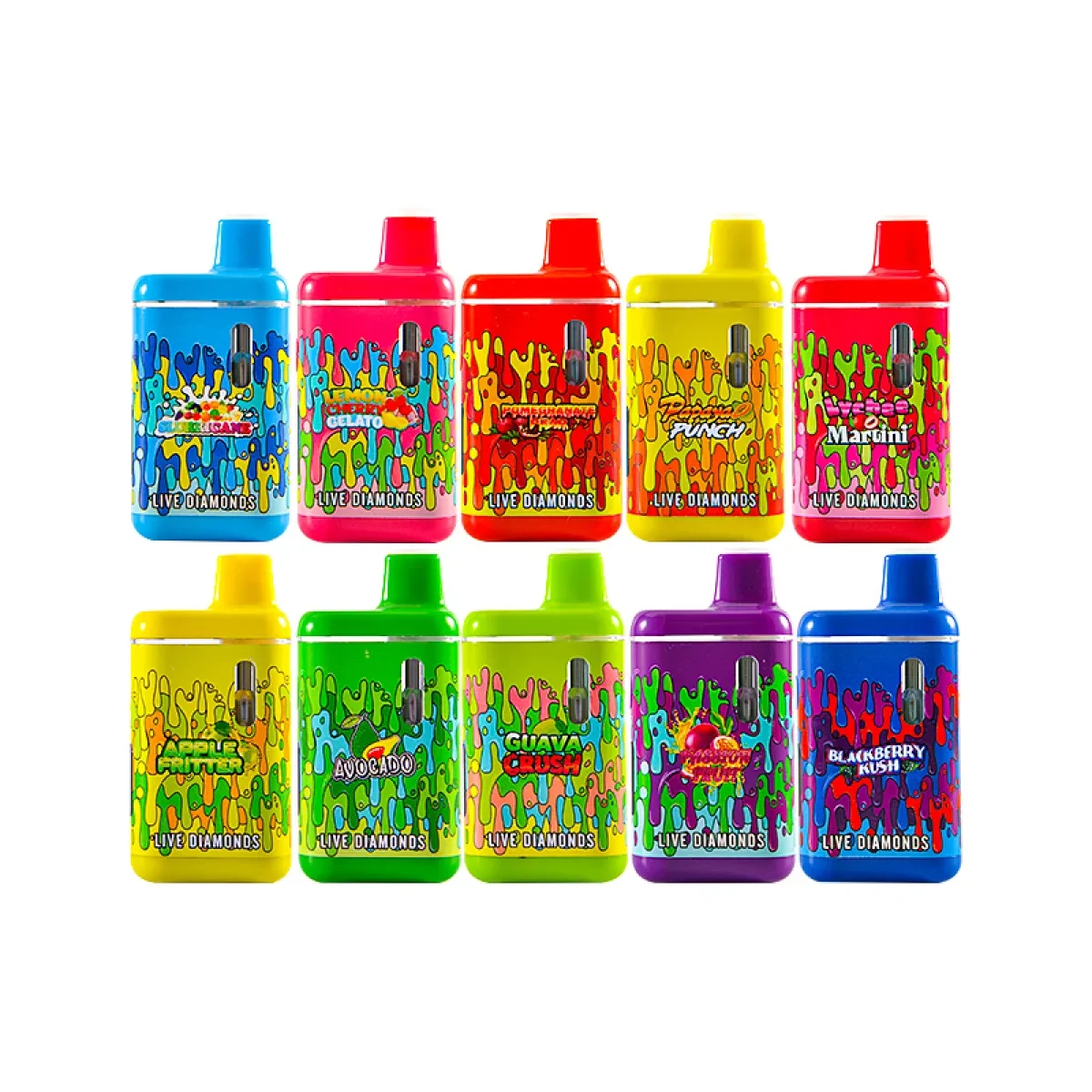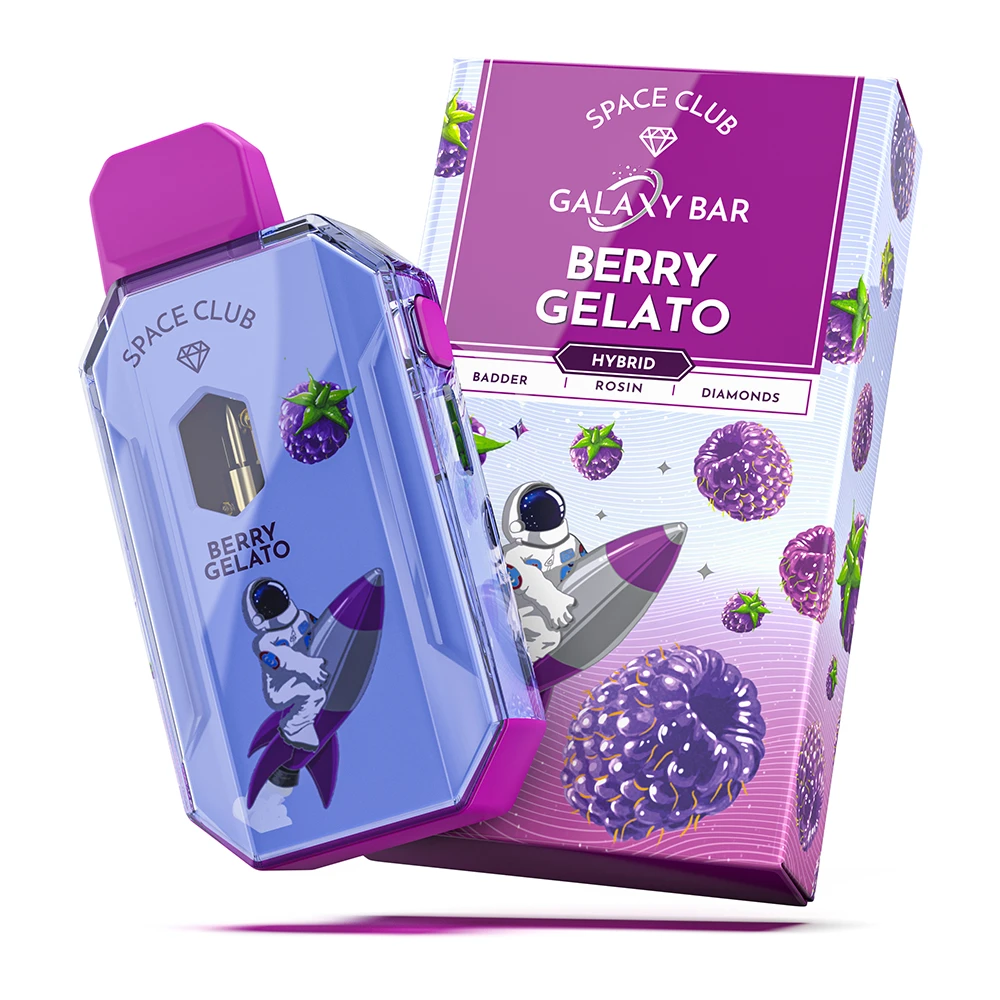What Are in E-Cigarettes?
E-cigarettes, also known as electronic cigarettes or vaping devices, have gained immense popularity in recent years, particularly among younger demographics. Marketed as a safer alternative to traditional cigarettes, e-cigarettes generate vapor instead of smoke, which is often perceived as less harmful. However, it is essential to understand what ingredients are present in e-cigarettes and the potential health implications they carry.
At the core of most e-cigarettes is a liquid known as e-liquid or vape juice. This liquid typically consists of a few primary ingredients propylene glycol, vegetable glycerin, flavorings, and nicotine. Each of these components plays a significant role in the vaping experience.
1. Propylene Glycol and Vegetable Glycerin
Propylene glycol (PG) and vegetable glycerin (VG) are the main solvents used in e-liquids. Propylene glycol is a synthetic compound commonly used in food products, pharmaceuticals, and cosmetics. It is known for its ability to effectively carry flavor and produce throat hit, mimicking the sensation of smoking tobacco. Vegetable glycerin, on the other hand, is a thicker, sweeter substance derived from plant oils. VG is known for producing dense clouds of vapor, which appeals to many vapers.
The ratio of PG to VG varies from one e-liquid to another. Some users prefer a higher VG content for thicker vapor, while others choose PG for a stronger throat hit. Both substances are considered generally safe for consumption, but when heated and inhaled, their long-term effects on lung health are not yet fully understood.
2. Flavorings
what are in e cigarettes

Flavorings in e-liquids are another crucial component that contributes to the overall experience of vaping. With countless flavors available, from fruit and candy to dessert and tobacco, manufacturers aim to cater to a wide array of tastes. These flavorings can be natural or artificial and have been deemed safe for ingestion; however, inhalation poses different risks. Some flavor compounds, when heated, can produce toxic substances, raising concerns about their safety in a vaping context. Research has suggested that certain flavorings, such as diacetyl (often associated with buttery flavors), can lead to serious respiratory issues when inhaled.
3. Nicotine
One of the most significant components in many e-liquids is nicotine, a highly addictive substance found in traditional tobacco products. E-liquids come in varying nicotine concentrations, allowing users to tailor their experience according to their preferences. Some e-cigarette products tempts individuals looking to quit smoking by offering lower nicotine levels, promoting the idea that vaping can aid in smoking cessation. However, the addictive nature of nicotine poses risks of dependence, and recent studies have indicated that even non-smokers may become addicted to nicotine through vaping.
Conclusion
While e-cigarettes are often marketed as a less harmful alternative to traditional smoking, it’s crucial to be informed about the ingredients present in these products. Propylene glycol, vegetable glycerin, flavorings, and nicotine each have their implications on health. Research on the long-term effects of inhaling these substances is ongoing, and regulatory bodies are still catching up to the rapid rise of vaping.
As discussions surrounding vaping and its health impacts continue, it remains essential for consumers to approach e-cigarette use with caution. Awareness of what is in e-cigarettes is the first step toward making informed choices about their use and understanding the potential risks associated with these modern smoking alternatives.
Post time:Dec - 05 - 2024







